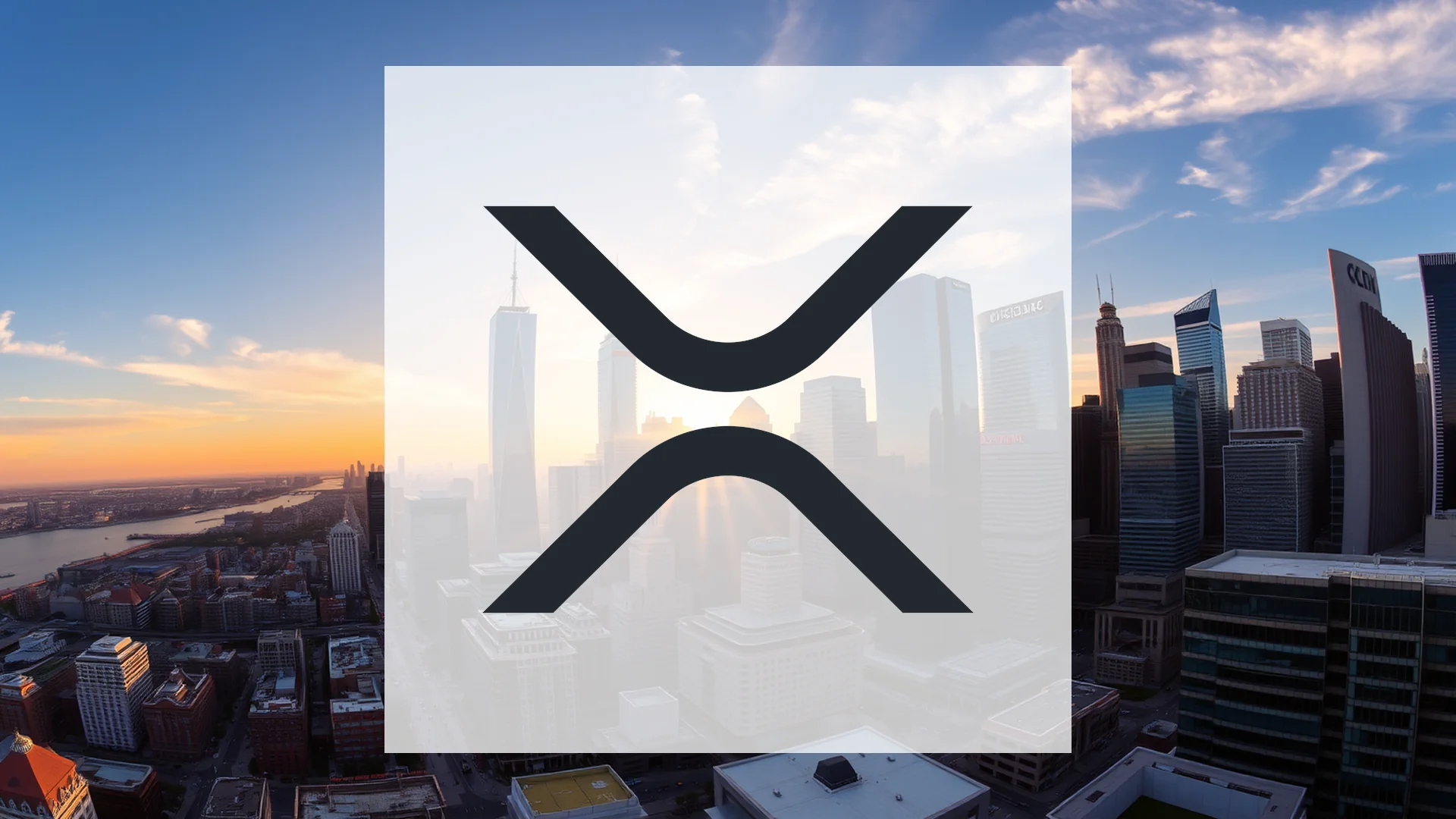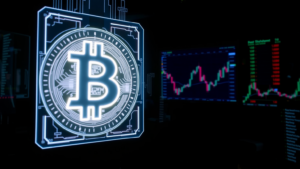Ethereum at a Crossroads: Whales Accumulate Amid Market Turmoil
Ethereum, the world’s second-largest cryptocurrency, is navigating a period of significant volatility. A dramatic price correction has rattled retail investors, yet a contrasting narrative is emerging from the blockchain itself: major holders, known as “whales,” are aggressively buying the dip. This divergence in behavior raises a critical question about the asset’s immediate future—is this the foundation for a recovery or the prelude to a steeper decline?
Major Investors Bet Against the Panic
While market sentiment sours, on-chain data reveals a striking trend of accumulation by large-scale investors. One prominent Ethereum whale has been purchasing substantial amounts of ETH during the downturn. In a significant move, the company BitMine has also notably increased its holdings, amassing an impressive 3.5 million ETH. This position represents nearly 2.9% of the entire Ethereum supply. The actions of these institutional players suggest they view the current price levels as a strategic buying opportunity, indicating sustained confidence in the network’s long-term fundamentals despite short-term market fear.
A Severe Price Correction Unfolds
The recent market activity has been brutal for Ethereum. It recorded its most severe single-day drop since mid-October, plunging more than 10%. At its lowest point, the price breached the psychologically significant $3,200 level, testing key support zones. This sell-off erased billions from its market capitalization, which contracted to approximately $387.83 billion. The surge in trading volume that accompanied the decline is a classic indicator of panic selling and heightened market volatility.
This downturn was triggered by a confluence of factors. Investors engaged in profit-taking following recent peaks, while broader macroeconomic uncertainties created a risk-off environment. Compounding this was a noticeable slowdown in institutional inflows into Ethereum-based investment products. The pressure was not isolated, as the wider digital asset market also stumbled. Bitcoin retreated from its own record highs, which in turn triggered a wave of liquidations across derivatives markets.
The Battle for Key Technical Levels
From a technical analysis perspective, Ethereum is at a pivotal juncture. The asset is currently testing its 200-day moving average, a widely monitored long-term trend indicator. The outcome of this test will be critical for determining the next directional move. A sustained drop below the $3,400 mark could catalyze further selling, with the next substantial support level positioned around $3,100.
Conversely, for the bulls to regain control, Ethereum would need to achieve a convincing breakout above the $3,650 resistance zone. A successful breach of this barrier could reopen the path toward the $4,000 threshold. The coming days will reveal whether the aggressive accumulation by whales can provide a sufficient foundation to stabilize the price or if overwhelming selling pressure will prevail, initiating a deeper correction.
Solana’s Critical Juncture: Will $140 Support Hold Amid Diverging Signals?
The cryptocurrency market watches with bated breath as Solana approaches a pivotal technical threshold. Currently testing crucial support at $140, the digital asset presents conflicting signals that have analysts divided. While technical indicators point toward continued weakness, emerging institutional interest suggests potential for an unexpected reversal.
Institutional Interest Defies Market Pessimism
Contrary to the prevailing negative sentiment, sophisticated investors appear to be positioning themselves for potential gains. Asset management firm VanEck has completed the necessary regulatory filings with the U.S. Securities and Exchange Commission for a Solana-focused exchange-traded fund, typically the initial phase toward eventual product listing.
More significantly, existing Solana ETF products have attracted $1.5 million in fresh capital inflows during a period when both Bitcoin and Ethereum investment vehicles experienced outflows. This divergence indicates that some institutional players view SOL’s current valuation as an attractive entry point.
Meanwhile, Solana’s decentralized finance ecosystem demonstrates remarkable stability despite price pressures. Approximately $10 billion remains locked across Solana’s DeFi protocols, with platforms including Jupiter, Jito, and Kamino continuing to facilitate substantial transaction volumes, underscoring the network’s utility beyond speculative trading.
Technical Picture Reveals Significant Weakness
From a chart perspective, Solana faces substantial headwinds. The digital asset has not only breached the psychologically important $150 level but now struggles to maintain footing above $140. Technical analysts identify two concerning patterns: a death cross formation and a descending triangle, both traditionally signaling potential further declines.
A breakdown below the $140 support zone could trigger additional selling pressure, potentially driving prices toward the $120 region. The statistics reveal a troubling trend, with SOL having depreciated by more than 30% over the past month. Even more striking, the token currently trades approximately 40% below its October peak of $234.
Market participation has dwindled significantly, with futures trading volume collapsing from $14.8 billion to $7.7 billion, indicating substantial capital withdrawal from retail investors. Daily active addresses have declined to 3.3 million, marking the lowest level observed in twelve months.
Conflicting Forces Create Market Uncertainty
The ongoing bankruptcy proceedings of FTX continue to exert downward pressure on Solana’s price. The exchange’s estate administrator regularly releases tokens into the market, creating a consistent overhang that complicates price recovery efforts.
The battle for the $140 level represents more than just a short-term technical test. The outcome will likely determine Solana’s trajectory for the coming months and could potentially signal broader momentum shifts within the altcoin market. While retail investors retreat, institutional accumulation and robust DeFi activity provide countervailing forces that make this one of the most closely watched technical levels in crypto today.
Cardano’s Contradiction: Plunging Price Amidst Robust Network Growth
The Cardano blockchain presents investors with a puzzling scenario: its native cryptocurrency, ADA, is experiencing a severe technical breakdown while its underlying ecosystem demonstrates remarkable strength. This divergence creates a complex investment landscape where bearish chart patterns clash with bullish fundamental metrics.
Ecosystem Thrives Despite Market Pessimism
Even as ADA’s price action paints a gloomy picture, network activity tells a different story entirely. Recent Messari data for the third quarter of 2025 reveals substantial growth across key performance indicators:
- Daily active addresses surged by 19.2%
- Transaction volume increased 15.7% daily
- Total value locked in DeFi protocols jumped 28.7% to $423.5 million
Simultaneously, Cardano’s ecosystem expanded its real-world utility through the launch of the “Cardano Card” at the Berlin Summit. This partnership with payment processor Wirex provides over 6 million customers across 130 countries with direct access to spend ADA in everyday transactions.
Technical Analysis Signals Continued Weakness
From a chart perspective, ADA’s performance remains concerning. The cryptocurrency has not only broken below crucial long-term horizontal support but has been trading within a descending parallel channel since December 2024. Technical indicators compound the bearish outlook, with the RSI hovering at oversold levels and the MACD maintaining negative territory.
Market analysts suggest further declines are likely unless ADA can reclaim the $0.60 to $0.70 resistance zone. The sentiment among larger investors appears equally cautious, with whales divesting more than 4 million ADA tokens recently—a move interpreted as declining confidence from institutional participants.
Potential Reversal Patterns Emerge
Despite the overwhelmingly negative technical posture, several factors could signal an impending turnaround. The RSI reset to levels last seen in July presents a potential buying opportunity, as similar conditions preceded a 97% price surge over 54 days during that period. Additionally, a falling wedge pattern developing on daily charts suggests selling pressure may be diminishing.
For any sustained recovery to materialize, however, ADA must convincingly reclaim the $0.60 threshold. Until that occurs, technical analysts warn of possible further declines toward the $0.40 to $0.45 range. The central question remains whether Cardano’s strong fundamental growth can eventually translate into price appreciation, or if ADA will continue tracking the broader altcoin market weakness.










